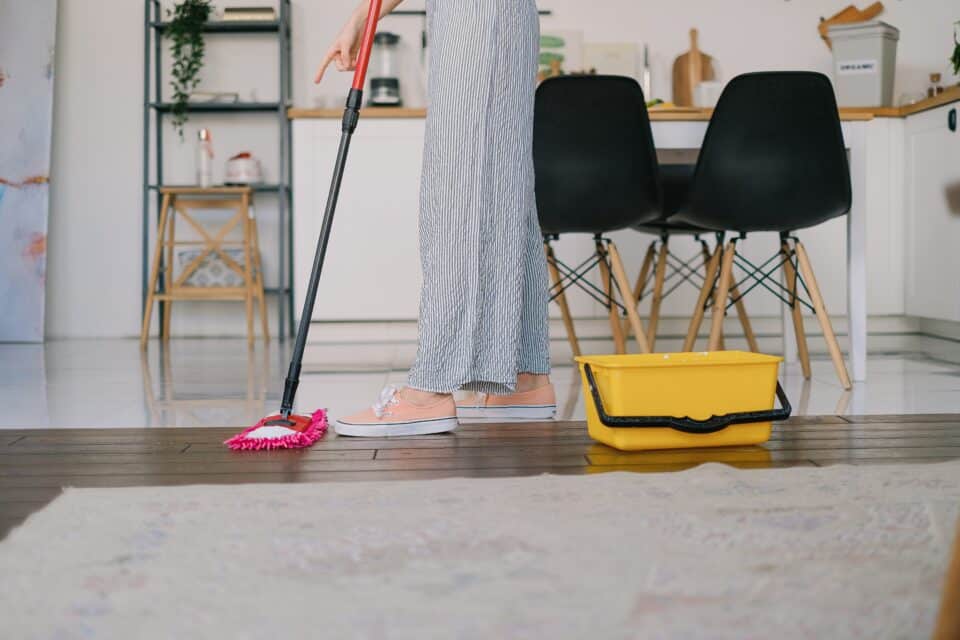In the ever-evolving landscape of home maintenance, cleaning tools have undergone significant transformations. From rudimentary brooms to sophisticated gadgets, the journey of cleaning innovations mirrors the advancements of technology and design.
Advanced Cleaning Technology: The Need for Modern Tools
The modern home is a bustling hub of activities, and with it comes the inevitable mess. Gone are the days when manual labor was the only way to achieve a spotless environment. With the advent of technology, cleaning has become more efficient, less time-consuming, and, most importantly, more effective.
The rapid urbanization and busy lifestyles of today’s generation demand tools that can keep up. Enter the realm of advanced cleaning technology, where devices are not just tools but an extension of our desire for perfection and ease.
Automated Dusters: Revolutionizing Dusting
Remember the times when dusting meant manually wiping every surface, nook, and cranny? Automated dusters have changed this narrative. These devices, equipped with sensors and advanced mechanics, can navigate spaces, detect dust, and clean without human intervention.
Benefits:
- Precision: Targets even the most elusive dust particles.
- Efficiency: Reduces the time and effort spent on dusting.
- Adaptability: Works on varied surfaces, from glass to wood.
Vacuum-Powered Mops: The Future of Floor Cleaning
Mopping floors is a task that many dread. The traditional mop and bucket method is not only cumbersome but also less effective. Vacuum-powered mops are the answer to these woes. By combining the suction power of vacuums with the cleaning prowess of mops, these devices ensure a deeper clean.
Comparison:
Traditional Mops: Often leave residue, require manual wringing, limited to surface cleaning. Vacuum-Powered Mops: Deep cleans, automatic dirt collection, suitable for all floor types.
The Role of Design in Modern Cleaning Tools
Design isn’t just about aesthetics; it’s about functionality. Innovations, like the triangular shape of the Zippi Sweeper, are not mere design quirks. Designers intentionally created these features to enhance cleaning efficiency. This specific design ensures it touches every corner, proving how seamlessly design and functionality can merge.
Ergonomic designs also play a pivotal role. They ensure that users can operate tools for extended periods without discomfort, making the cleaning process more user-friendly.
The Environmental Impact of Cleaning Tools
The environment is a growing concern, and the cleaning industry is no exception. Modern tools are leaning towards sustainability. Rechargeable batteries, biodegradable cleaning solutions, and energy-efficient operations are becoming the norm.
By reducing waste and promoting sustainable practices, these tools are not just cleaning our homes but also playing a part in cleaning the planet.
Other Modern Cleaning Tools to Watch Out For
The market is brimming with innovations. From robotic window cleaners to UV sanitizers, the future of cleaning looks promising. As technology advances, we can only expect these tools to become more sophisticated, efficient, and eco-friendly.
Conclusion
The realm of cleaning innovations is vast and ever-expanding. As we move forward, the lines between technology, design, and functionality will blur, leading to tools that are not just effective but also environmentally conscious and user-centric. The future is bright, and a clean, sustainable world is not just a dream but a very achievable reality.
Frequently Asked Questions
What are the latest innovations in home cleaning tools?
The cleaning industry has seen a surge in innovative tools such as automated dusters, vacuum-powered mops, and devices with unique designs like the triangular-shaped Zippi Sweeper. These tools are designed for efficiency, user comfort, and environmental sustainability.
How do modern cleaning tools contribute to sustainability?
Many modern cleaning tools are designed with the environment in mind. They often come with rechargeable batteries, reducing the need for disposable ones. Additionally, they are built for durability, meaning less frequent replacements and reduced waste.
Why is design important in modern cleaning tools?
Design in cleaning tools is not just about aesthetics. Innovations, like the triangular shape of certain sweepers, ensure that no corner is left untouched. Ergonomic designs also ensure user comfort during prolonged use.

